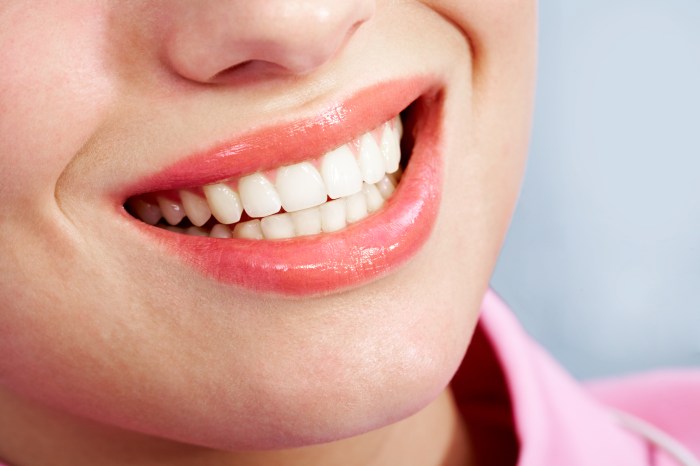Term commonly used to describe restorative and esthetic dentistry – Restorative and esthetic dentistry, a cornerstone of modern dental care, encompasses a wide range of procedures designed to restore tooth function, enhance aesthetics, and promote overall oral health. This field seamlessly blends art and science, utilizing advanced materials and techniques to transform smiles and improve patient well-being.
From repairing damaged teeth to creating dazzling smiles, restorative and esthetic dentistry plays a pivotal role in maintaining optimal oral health. Its benefits extend beyond functionality, as it also addresses the psychological and social implications of a beautiful smile.
Definition and Scope of Restorative and Esthetic Dentistry
Restorative and esthetic dentistry focuses on restoring the health, function, and appearance of teeth. Restorative procedures aim to repair damaged or decayed teeth, while esthetic dentistry enhances the appearance of teeth, including their color, shape, and alignment. Common restorative procedures include fillings, crowns, bridges, and implants, while esthetic procedures include teeth whitening, veneers, and bonding.
Benefits of Restorative and Esthetic Dentistry

Restorative dentistry improves oral health by restoring tooth structure and function, preventing further damage and infection. Esthetic dentistry enhances the appearance of teeth, boosting self-confidence and overall well-being. Together, these procedures can improve oral health, function, and aesthetics, leading to a healthier and more attractive smile.
Types of Restorative and Esthetic Procedures

Restorative Procedures
| Procedure | Description |
|---|---|
| Fillings | Restore decayed or damaged teeth with composite resin, porcelain, or metal. |
| Crowns | Cap damaged or weakened teeth to restore strength and appearance. |
| Bridges | Replace missing teeth by connecting artificial teeth to adjacent healthy teeth. |
| Implants | Replace missing teeth with artificial roots surgically placed in the jawbone. |
Esthetic Procedures, Term commonly used to describe restorative and esthetic dentistry
| Procedure | Description |
|---|---|
| Teeth Whitening | Bleaches teeth to remove stains and discoloration. |
| Veneers | Thin porcelain shells bonded to the front of teeth to improve color, shape, and alignment. |
| Bonding | Applies a composite resin to teeth to repair chips, cracks, and discoloration. |
Materials Used in Restorative and Esthetic Dentistry
Restorative dentistry utilizes materials such as composite resins, ceramics, and metals. Composite resins are durable and aesthetically pleasing, while ceramics offer excellent strength and translucency. Metals, like gold and titanium, provide high strength and durability. The choice of material depends on the specific procedure, desired outcome, and patient’s individual needs.
Techniques and Equipment in Restorative and Esthetic Dentistry
Restorative dentistry employs techniques like cavity preparation, bonding, and shaping to restore teeth. Advanced equipment, such as lasers and CAD/CAM systems, enhances precision and treatment outcomes. Proper technique and precision are crucial for successful results.
Role of the Dental Professional in Restorative and Esthetic Dentistry

Dental professionals play a vital role in restorative and esthetic dentistry. They assess patient needs, diagnose conditions, and perform procedures with precision and care. Communication, patient education, and ethical decision-making are essential. Continuing education and professional development ensure proficiency in this evolving field.
Current Trends and Innovations in Restorative and Esthetic Dentistry: Term Commonly Used To Describe Restorative And Esthetic Dentistry
Emerging technologies in restorative and esthetic dentistry include digital dentistry, advanced materials, and minimally invasive techniques. These innovations improve treatment outcomes, patient experiences, and the longevity of dental restorations. The future of the field holds promising advancements that will continue to enhance oral health and aesthetics.
General Inquiries
What are the main goals of restorative dentistry?
Restorative dentistry focuses on repairing and restoring damaged or missing teeth, with the primary aim of restoring function and preserving oral health.
How does esthetic dentistry enhance a smile?
Esthetic dentistry utilizes various techniques to improve the appearance of teeth, such as teeth whitening, veneers, and bonding, resulting in a brighter, straighter, and more aesthetically pleasing smile.